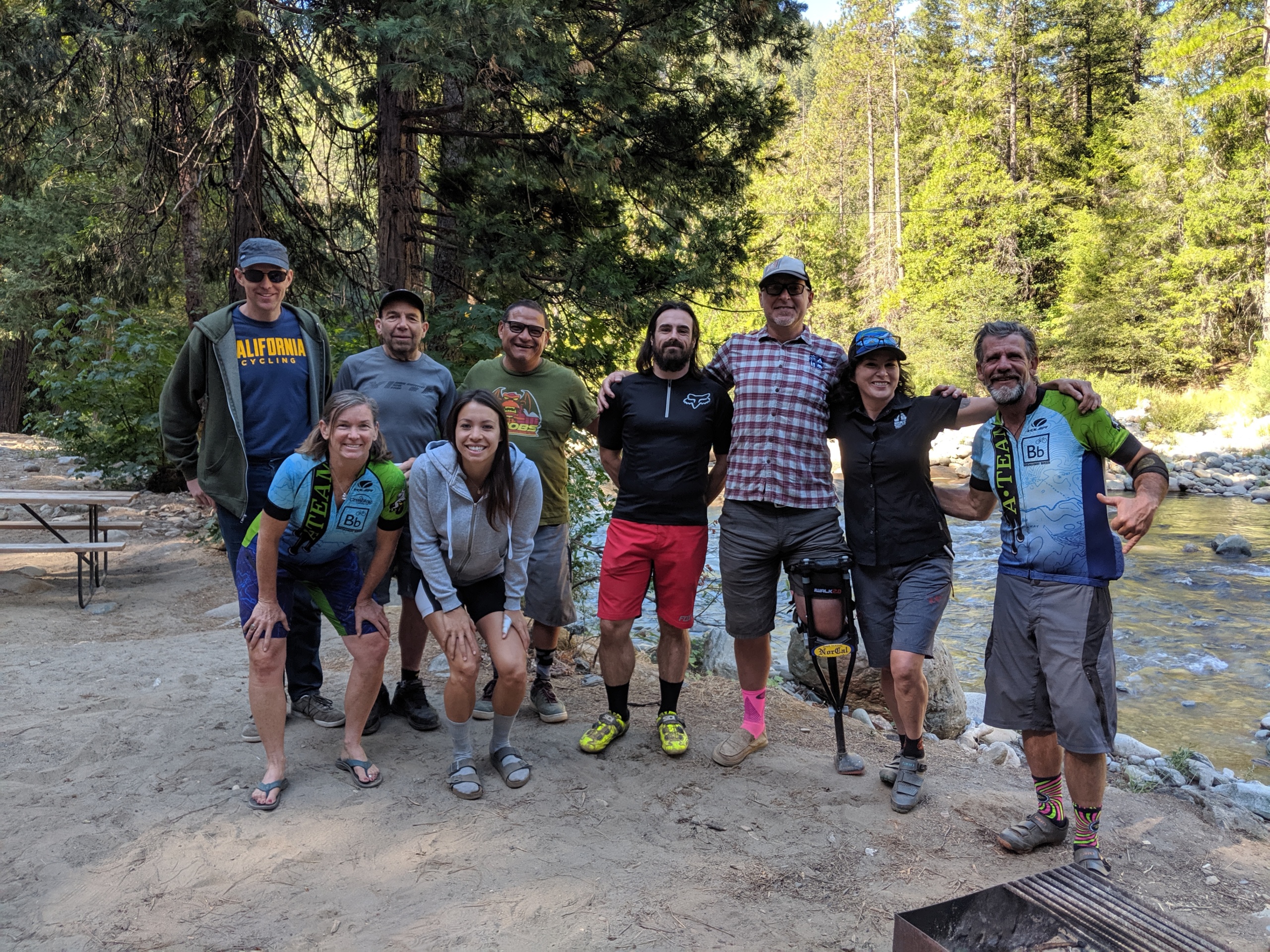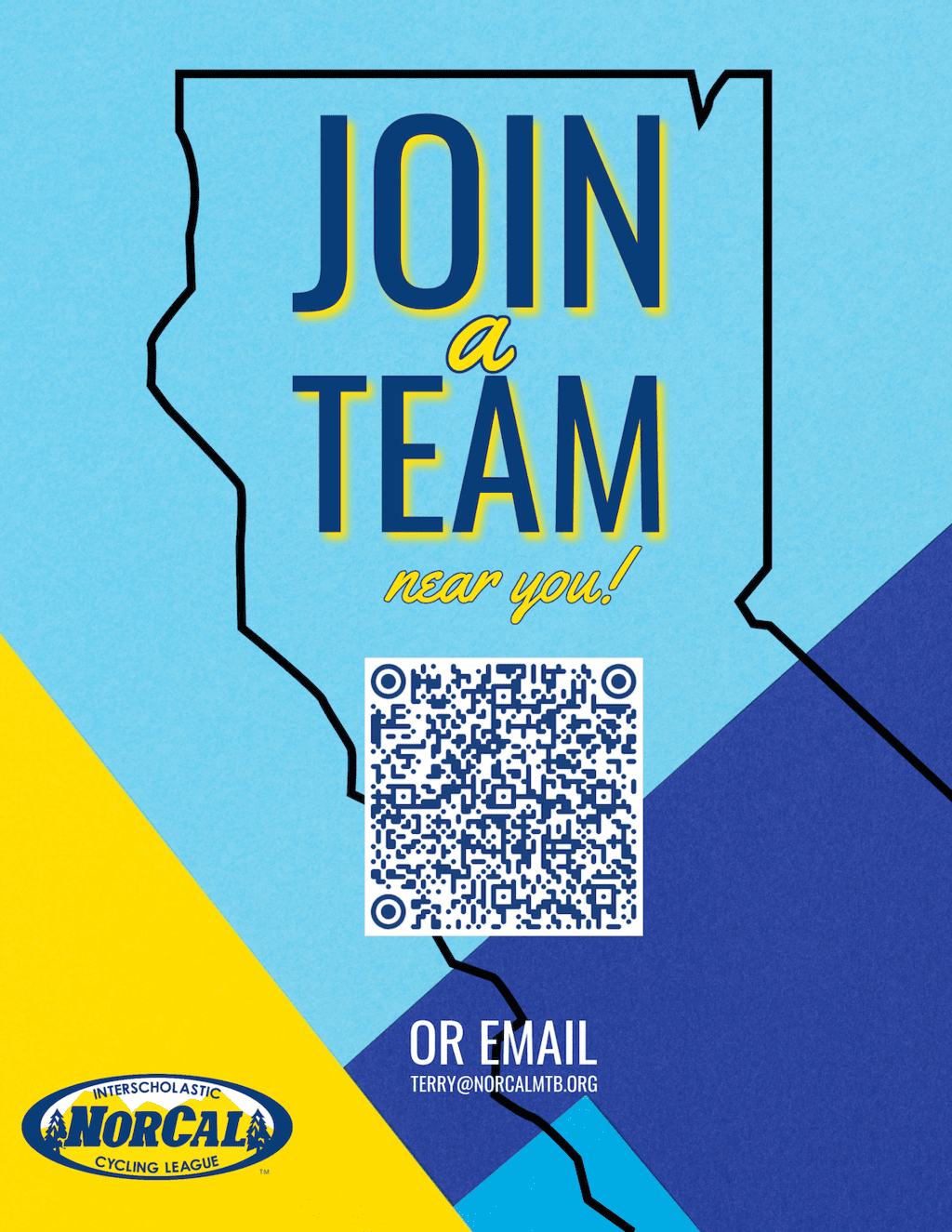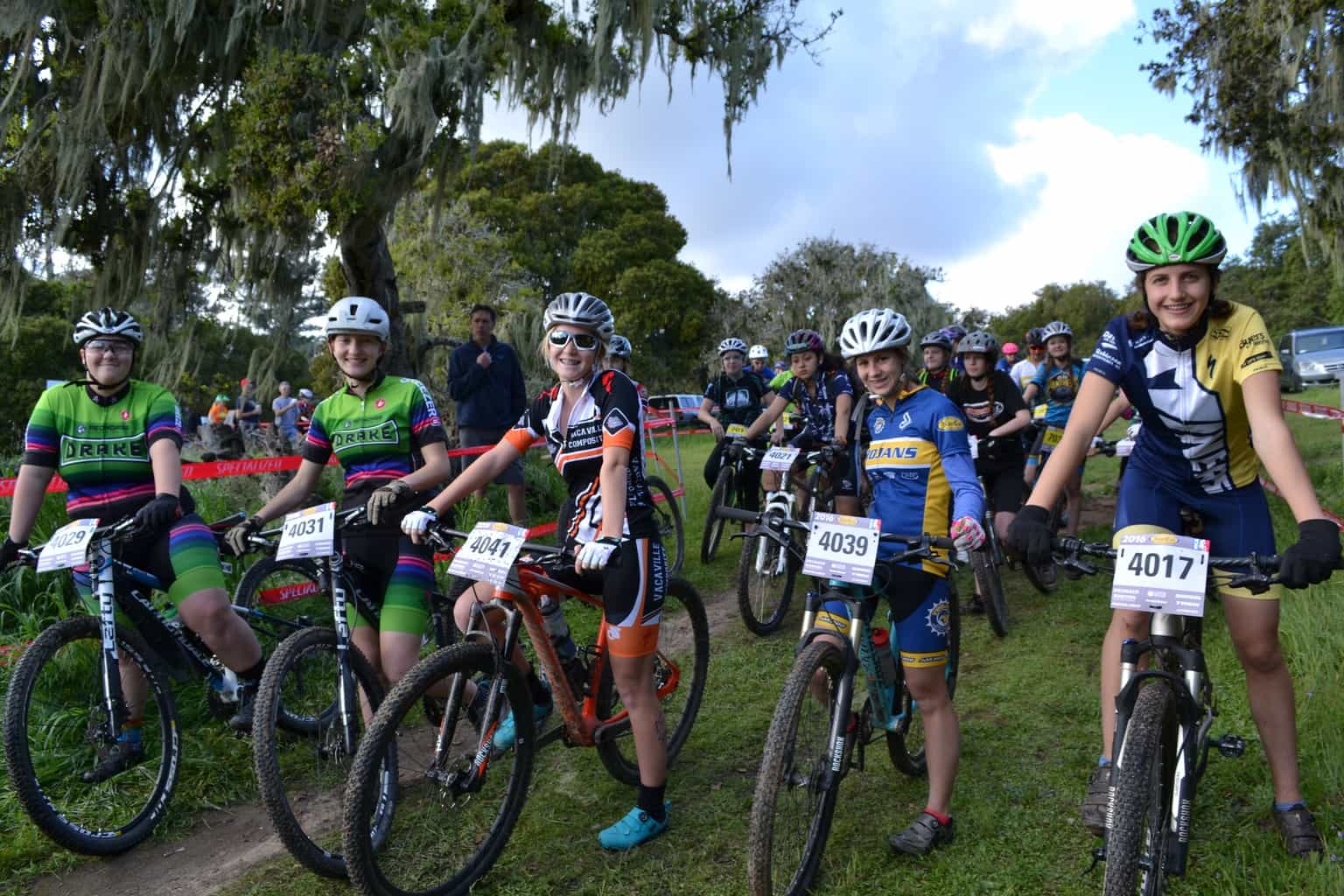Teams
Liability Insurance
 Does your school wonder about our liability insurance? Find out about it here.
Does your school wonder about our liability insurance? Find out about it here.NICA Quickstart Guide
 Here’s what to expect at your first race.
Here’s what to expect at your first race.Team Roster
 The NorCal League has four regions: Redwood, Repack, East Bay and Central. To see the regions on a map check it out here.
The NorCal League has four regions: Redwood, Repack, East Bay and Central. To see the regions on a map check it out here.SCHOLARSHIPS
STUDENT ATHLETES
Scholarships are available for race and camp registration. Scholarships are need based and awarded based on fund availability. Scholarships rarely exceed 50%.

COACHES
Scholarships are available for Leaders’ Summit, Wilderness First Aid and CPR fees, and On-the-Bike Skills clinics, as well as NICA coach licensing fees. Scholarships are need based and awarded based on fund availability. Scholarships rarely exceed 50%.
Scholarship Reporting: Scholarship recipients are required to complete an online “Scholarship Fund Impact Survey” upon completion of the riding season for which they received their grant. Recipients are also encouraged to submit photographs and videos from their activities during the season including; racing, training with the team, coaching and instruction, etc. Information on how to complete this survey will be provided to grantees.
Fill out the scholarship application form here
TEAMS BY LOCATION


